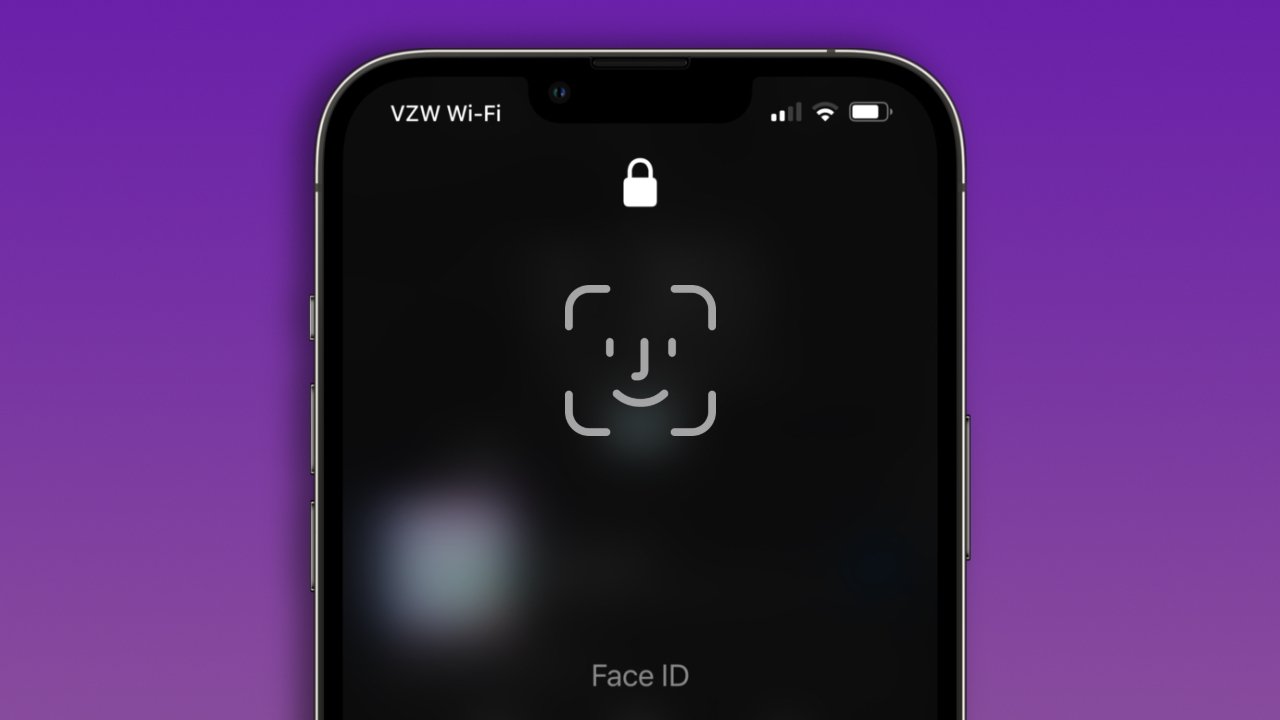iOS Face ID technology, introduced by Apple in 2017 with the iPhone X, represents a significant evolution in biometric authentication. This advanced facial recognition system leverages a combination of hardware and software to provide a secure and user-friendly way for users to unlock their devices, authenticate payments, and access sensitive information. This article delves into the inner workings of Face ID, the technology behind it, and its impact on security and user experience.

Understanding the Components of Face ID
At its core, Face ID relies on several sophisticated components that work together to accurately recognize a user's face.
- TrueDepth Camera System: The TrueDepth camera is the centerpiece of Face ID. It includes multiple sensors, such as an infrared camera, a flood illuminator, and a dot projector. This system collects precise data about a person’s face.
- Infrared Camera: The infrared camera captures images in low-light conditions by detecting the user’s face using infrared light. This enables Face ID to function effectively even in darkness.
- Flood Illuminator: This component emits invisible infrared light that allows the infrared camera to gather sufficient data from the user’s face, ensuring good performance regardless of lighting conditions.
- Dot Projector: The dot projector casts approximately 30,000 tiny dots onto the user's face. These dots create a detailed three-dimensional map of the facial features, helping the system capture unique structural details that are vital for recognition.
- A11 Bionic Chip and Neural Engine: The data from the TrueDepth camera system is processed by the A11 Bionic chip (or newer models), which contains a dedicated Neural Engine. This engine is designed to perform machine learning tasks efficiently. The facial data is transformed into a mathematical representation, or a "faceprint," that reflects unique characteristics of the user's face.
The Process of Face Recognition
When a user attempts to unlock their device or authenticate an action using Face ID, the following steps occur:
- Data Capture: The TrueDepth camera system activates and uses the flood illuminator to illuminate the face, ensuring that the infrared camera can capture a clear image. Simultaneously, the dot projector maps the facial contours using the emitted dots.
- Mathematical Modeling: The collected data is processed by the A11 Bionic chip's Neural Engine, which creates a model of the face based on the three-dimensional mapping. This model includes unique features, like the distance between the eyes, the shape of the nose, and the contours of the jawline.
- Matching: Face ID uses the user’s stored faceprint (which is securely stored in the device’s Secure Enclave) for matching. When the device scans the user's face, it compares the live data against the stored faceprint to determine if there is a match.
- Adaptive Recognition: Face ID is able to adapt to changes in appearance over time. If the user grows a beard, changes hairstyles, or wears glasses, the system continues to learn and adjust by actively updating its model. This is made possible through machine learning algorithms that enhance recognition accuracy.
Security Features of Face ID
The security of Face ID is paramount, and Apple has implemented several features to ensure that user data remains protected.
- Secure Enclave: The mathematical representations of faces captured by Face ID are not stored as images. Instead, they are encrypted and stored in the Secure Enclave, a specialized coprocessor designed to provide security for sensitive data and operations.
- Attention Awareness: Face ID requires that users actively look at their device to unlock it. This feature helps prevent unauthorized access when someone else trie
s to unlock the phone while the user is not paying attention.
- Data Privacy: Face ID data never leaves the device, which means that Apple does not store facial recognition data on its servers. This commitment to privacy ensures that user data remains secure and within the control of the user.
- Fallback Security: If Face ID fails to recognize a face after multiple attempts, the device prompts the user to enter their passcode. This offers an additional layer of security should facial recognition not be feasible.
Conclusion
iOS Face ID technology demonstrates a remarkable integration of hardware and software, providing a secure and convenient method for user authentication. By utilizing the TrueDepth camera system, advanced machine learning algorithms, and strict privacy protocols, Face ID not only enhances user experience but also ensures that personal information is safeguarded. As biometric technologies continue to evolve, Face ID serves as a leading example of how innovation can effectively respond to the growing demand for security and convenience in the digital age. With its focus on privacy, accessibility, and adaptability, Face ID is poised to play a significant role in the future of authentication technology.












